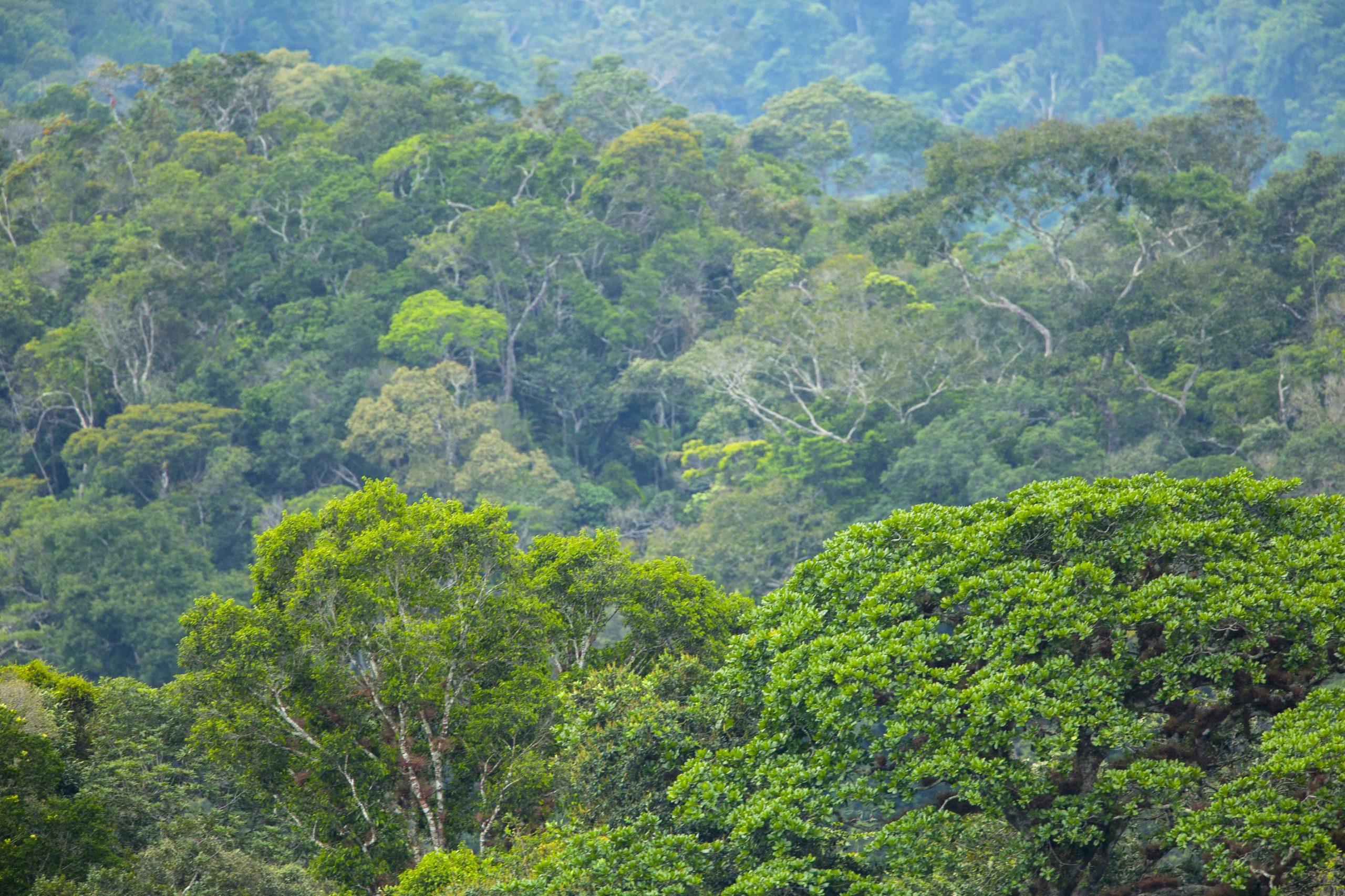The Cordillera Azul National Park has rightfully earned the name ‘jewel of the Peruvian Amazon’. Situated in Peru’s high forests between the Andes and the Amazon Basin, its rich biodiversity is just one aspect being conserved by our work in the area, which protects 3.7 million hectares of forest – with the trees and plants ranging from the common to the more curious.
A recent survey found that the area contains some 1,600-plant species, with more than 12 new species being discovered in the last few years since the beginning of our project. So, why is it important that we protect and celebrate this diversity? The diverse nature of this forest has a host of benefits, which you may not know about…
Fuelling the forest
Cordillera Azul protects 28 High Conservation Value species including the jaguar and harpy eagle. However, thanks to the project not only are current species being protected but new species never before recorded are being discovered by researchers. This last year has seen the naming of three, new species within our treasured Cordillera Azul National Park, two birds and a toad. This toad is from the Rhinella festae group and is a semiarboreal, meaning it spends most of its life in the trees. These discoveries is proof that the richly diverse rainforest of Cordillera Azul is harbouring undiscovered species and helping them flourish. To read more about two of these new species recently discovered at Cordillera Azul, click here.
To an extent, we have the diversity of palm trees to thank for this. Palm trees are a vitally important food resource for maintaining high densities of mammals and birds. In a period of just three weeks, botanists in Cordillera Azul found 43% of the 105 species of palm trees known to exist in Peru – crucial for sustaining the rich fauna biodiversity that exists within the forest.
Internationally used materials
Human societies around the world use a variety of natural resources from forest landscapes. The Cordillera Azul National Park protects many tree species that are known and used internationally.
The Mahogany tree is one of the most well-known and high-value hard woods in the world. It has been nicknamed ‘red gold’, is popular due to its colour, durability and beauty and has been used to make musical instruments, furniture and boats. Mahogany has been over logged worldwide, which has led to negative impacts on the forests from which they are extracted and also to it being officially listed as at risk of extinction. Unfortunately, much of the logging of this species in Peru is illegal, and our project works to protect this iconic species.
Other well-known species that grow in Cordillera Azul include the Cedar (used for timber), Sandbox (used for plywood), and Rubber tree (used as a natural rubber source.
Cultural curiosities
Cordillera Azul has become renowned for its rich, distinctive cultural diversity. And some of the trees which are prevalent in this area are closely tied to local culture and customs.
For example, did you know that the Renaco tree is prominent in the legends of the Amazon people? It’s said to be the home of ‘Chuyachaqui’, a mythological being of the Amazon.
Legend has it the Copal tree is used by sorcerers to make offerings, from which they extract an explosive magic powder.
The Jagua tree is used to make temporal tattoos and dye hair black, and the fruit of the Paliperro is said to become an aphrodisiac when soaked in spirits.
And let’s not forget the Huaryuro, whose seeds are believed to be powerful good luck charms and are used by women to make “Lucky” collars to protect babies against the evil eye.
Here at Ecosphere+ we recognise the cultural value these diverse and unique ecosystems have to local communities and their identity. We value the importance of preserving this knowledge, which keenly demonstrates both the cultural value and intrigue that these species bring to the forest.
It is now widely understood that one way in which we can save forests like this one is through the process of insetting.
To learn more about our Cordillera Azul project, click here.
